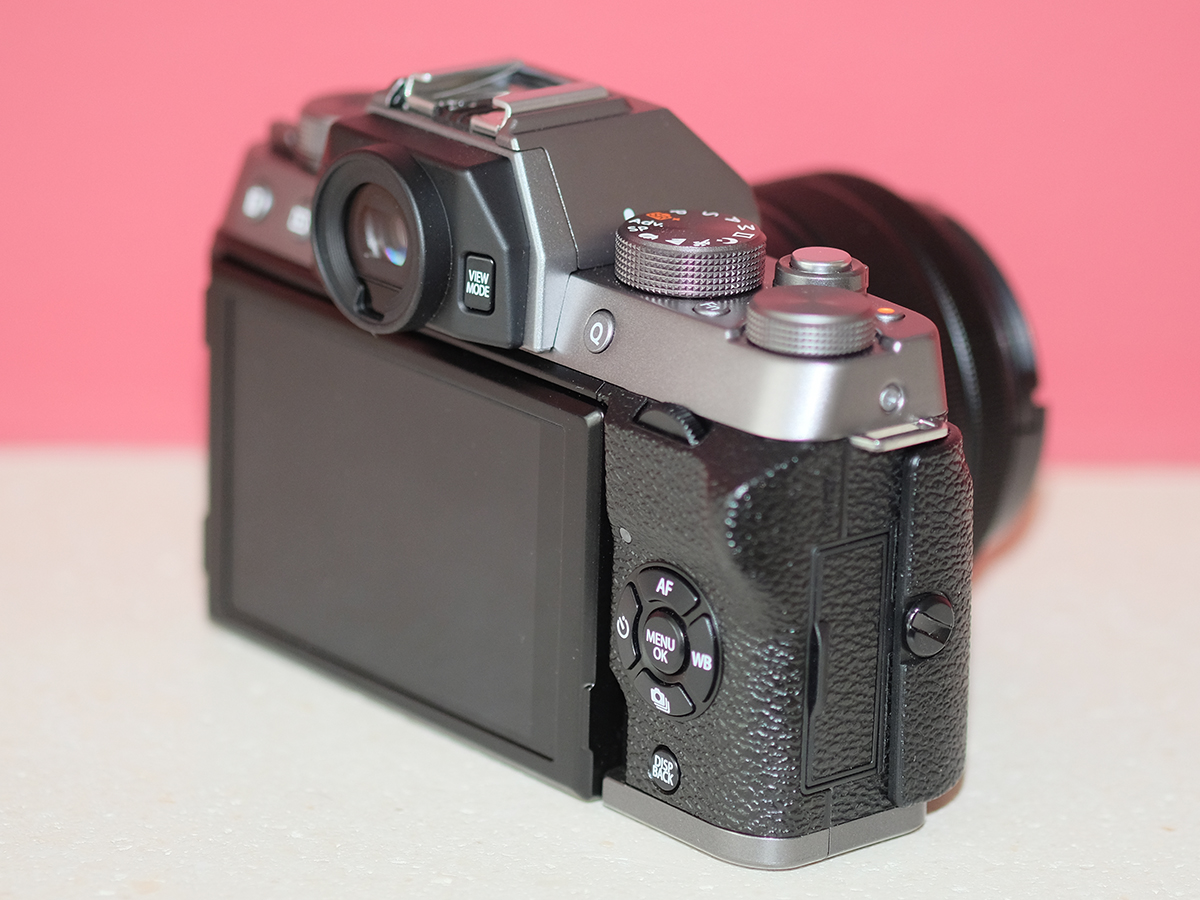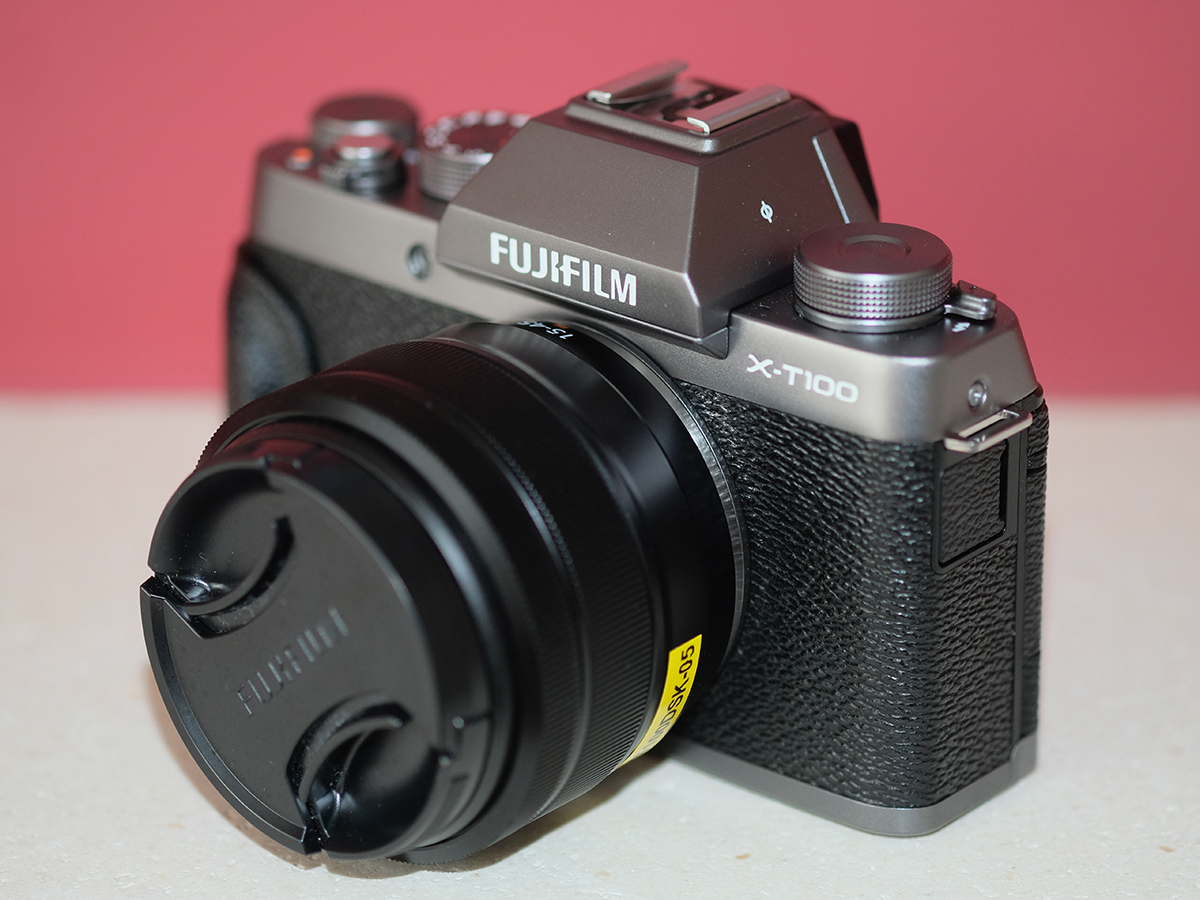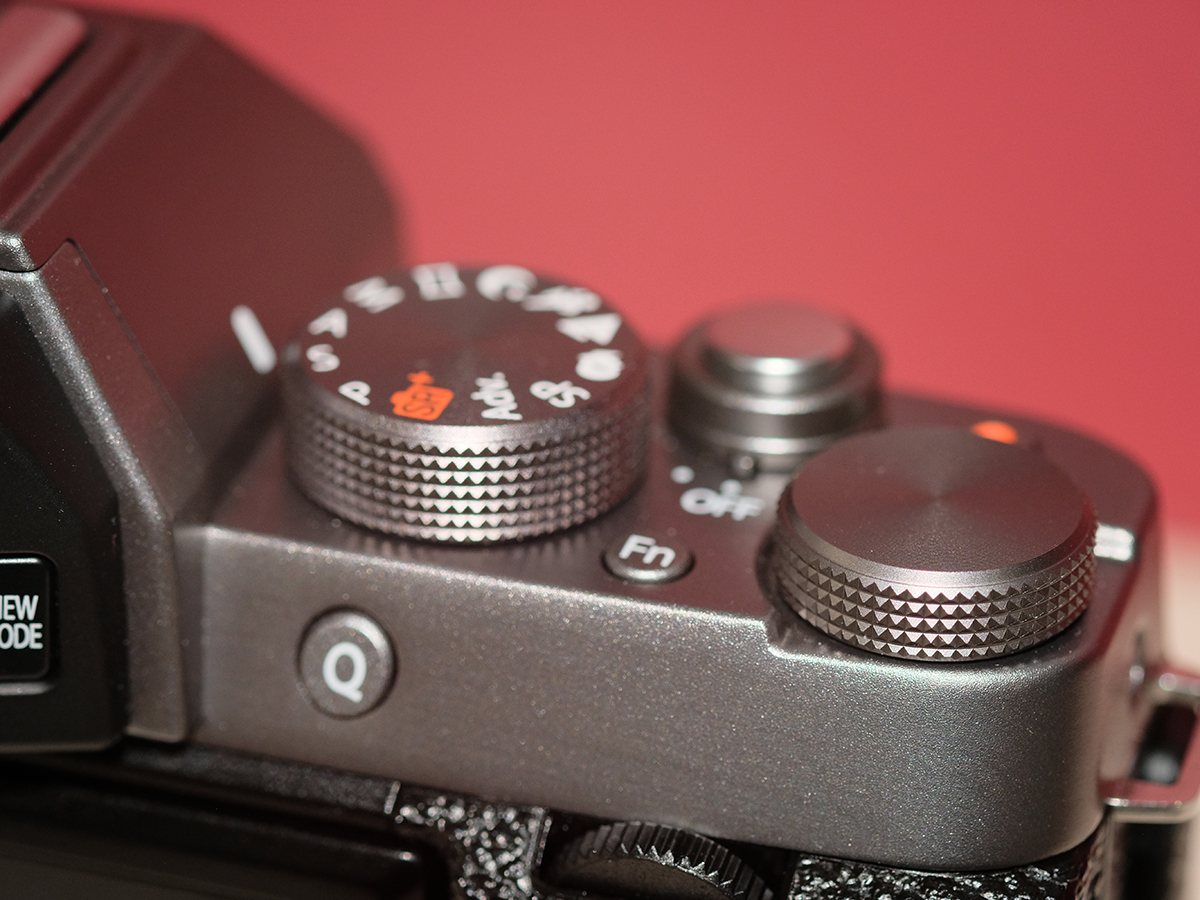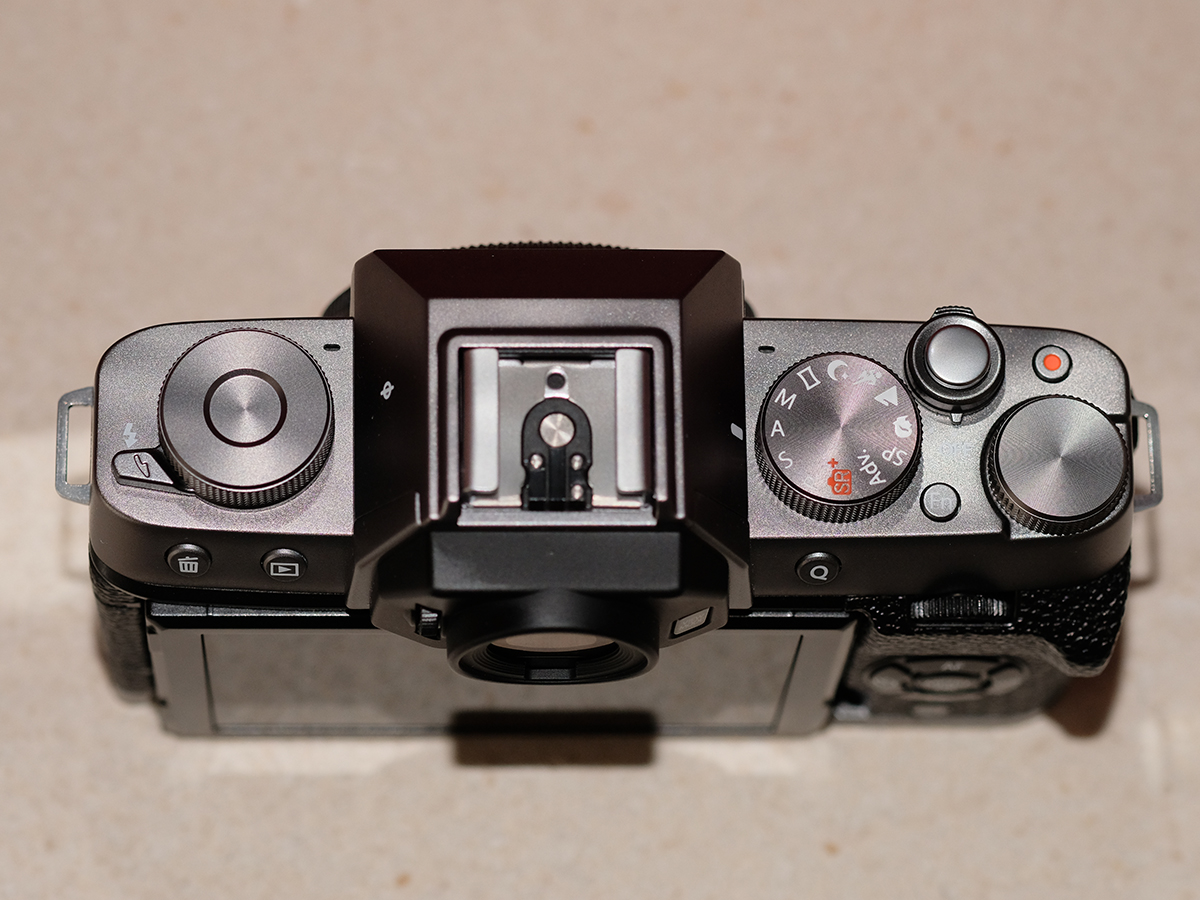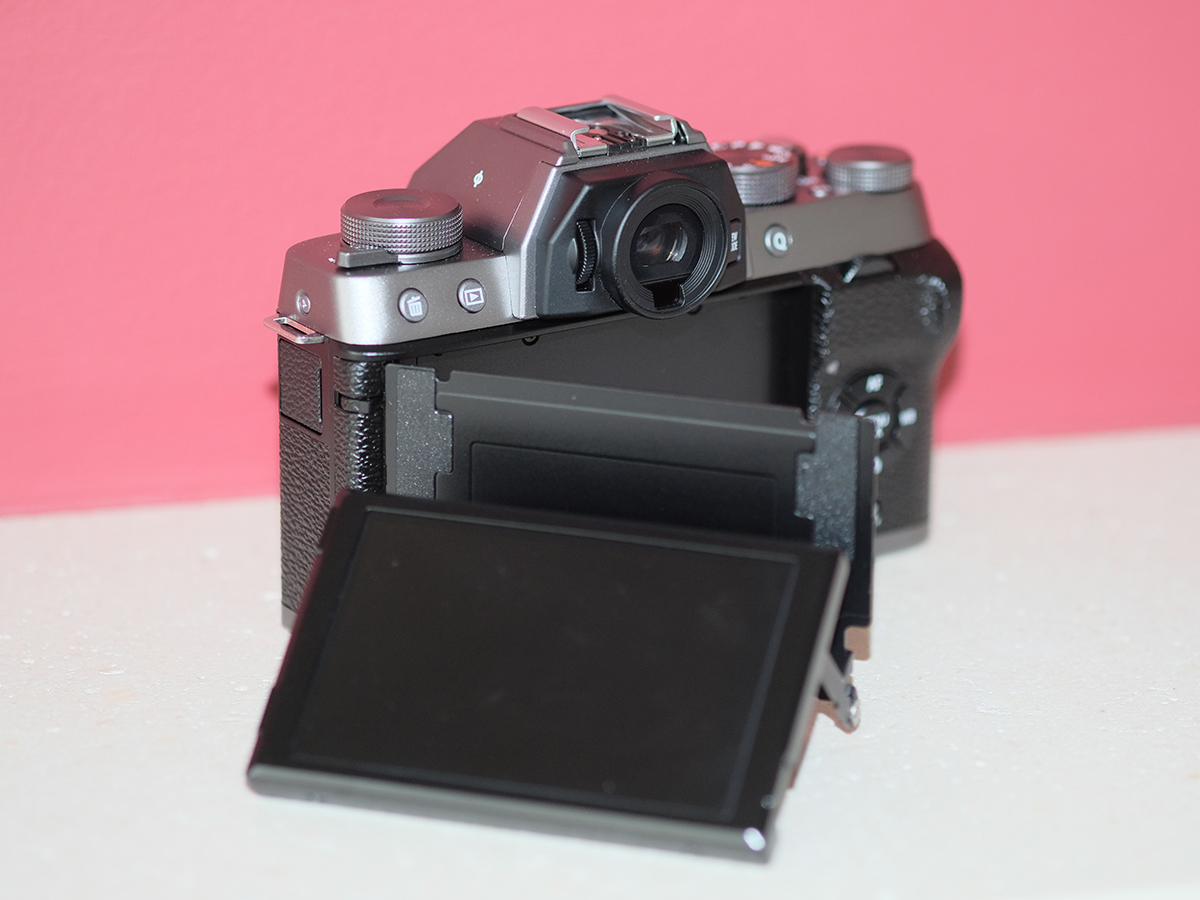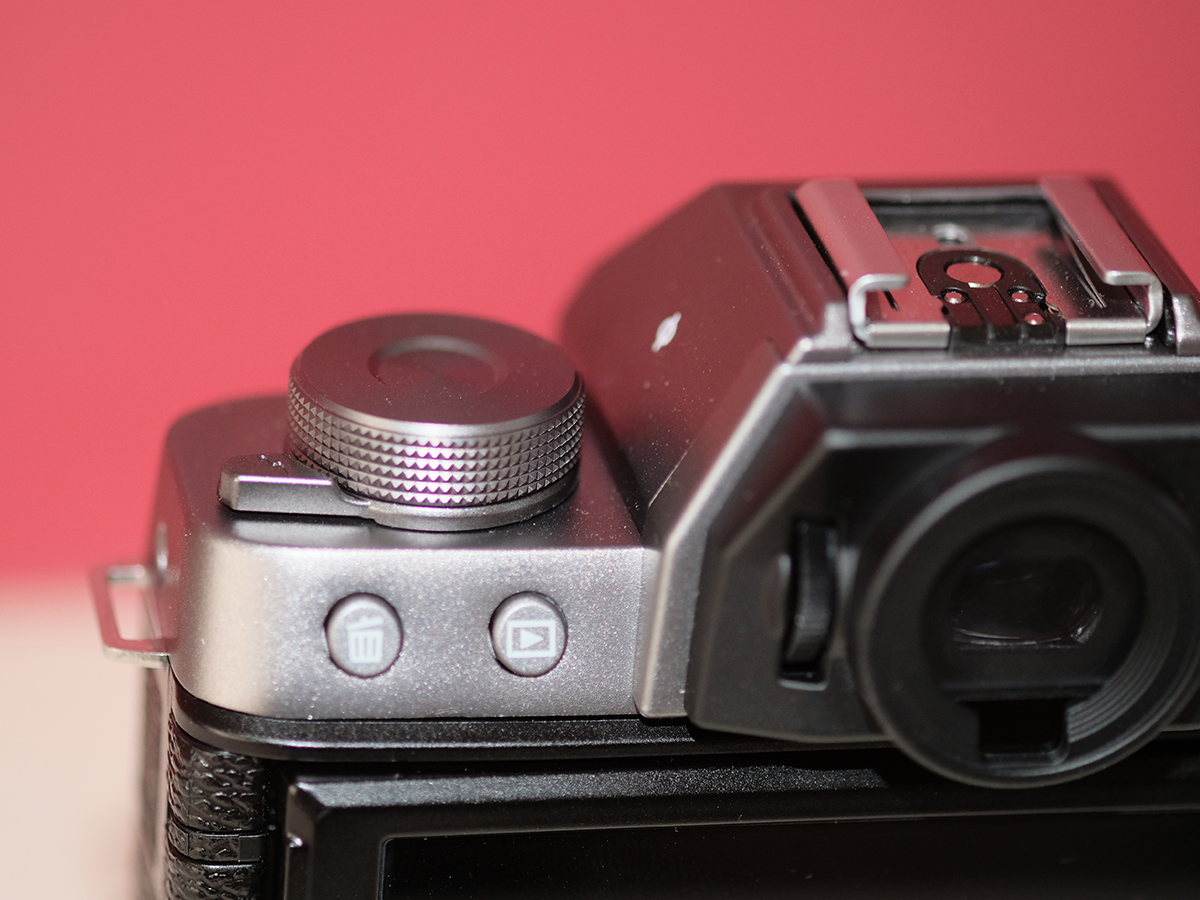Fujifilm X-T100 review
The Fujifilm X-T100 is a millennial’s dream camera
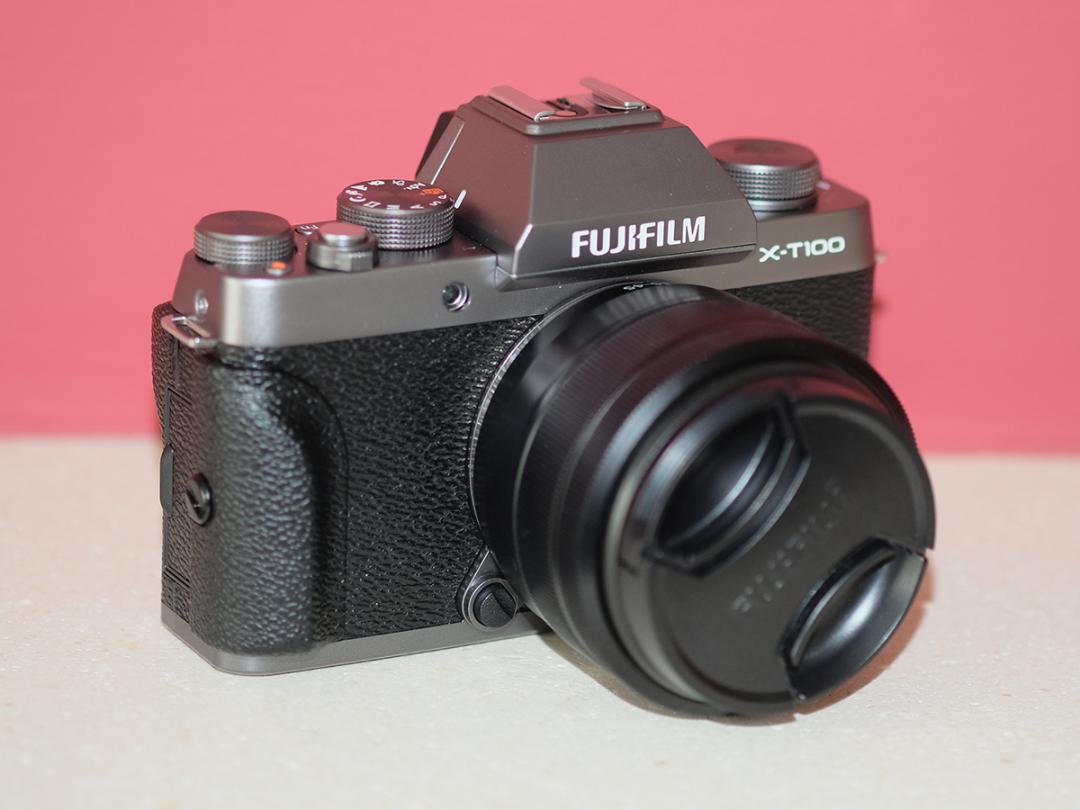
Obsessed with selfies? It has a flip-round touchscreen and raft of beauty-enhancing modes. Vlogger? It’s small and light and shoots 4K video. Love taking abstract photos? It’s equipped with about a billion different filters. Social addict? It has an always-connected Bluetooth option.
Honestly, Fuji might as well have bundled it with a free avocado. This might be your tool to shooting something that might, literally, break-the-internet.
But don’t let all of that put you off, because the real reason why a millennial – or anyone else – should consider the X-T100 is because it’s a classy beginner’s camera that takes wonderful pictures and doesn’t cost the earth. Sitting below the brilliant X-T20 and above the entry-level X-A5, it crams a large 24MP APS-C sensor into a compact body and costs £619 – and that’s with a lens included.
Like the X-A5, it uses a Bayer rather than X-Trans sensor, but like the X-T20 it also has an EVF round the back and full array of manual controls on top. In short, it’s an affordable and more than capable camera that should delight anyone who uses it – whatever generation they belong to.
DESIGN AND BUILD: ON POINT
Things get off to a good start the minute you remove the X-T100 from the box. Fuji’s X-Series snappers are always beautiful things, and, thanks to its combination of classy retro style and excellent build quality, this one is no exception.
It’s available in three colours – Black, Dark Silver, and Champagne Gold – and all pair a textured black body with an anodised aluminium toplate. The toplate adds a bit of extra weight, but it’s still an impressively light device overall, coming in at around 400g. More importantly, it looks fantastic – properly premium, like it might cost twice as much. It’s amazing the effect a bit of metal can have.
It’s a resolutely rectangular shape, with no grip as such, but a clip-on effort is at least bundled with it. This helps, but bear in mind that it’s a pretty small device and if your hands are like slabs of steak you might struggle with it. Surprisingly, it’s not quite Fuji’s smallest camera – it’s actually a tiny bit bigger than the X-T20, let alone the X-A5 – but anyone used to a DSLR will still marvel at its petite frame. Stick a 27mm pancake lens on it and you could easily slip it in a coat pocket.
Despite that, there’s room on top for three command dials, all of which are nicely placed and easy to turn. They’re all genuinely useful, too: the right-hand one controls exposure compensation, the middle one is a standard mode dial with a bunch of beginner-friendly options and on the left there’s a fully customisable knob that you can set up to control ISO, film simulation or any one of about a million other things. The third dial also contains a switch which pops up the built-in flash.
Given that you also get a second customisable function button, a quick-settings ‘Q’ menu, four-way D-pad and selector wheel, there’s no shortage of control options here. The touchscreen gives you a further way to operate the X-T100 – up to a point. Fuji still seems to be a bit reticent about finger-friendly tech, so while you can use the screen to select specific settings and swipe through photos, you can’t use it to navigate around the menus. Then again, with so many settings available via physical controls, you shouldn’t need to do that very often anyway.
The display’s other trick is that it flips out to the left and up, meaning you can contort it into all manner of positions. So, if you do want to take a selfie, you can twist it fully round in 180 degrees – but equally putting it into horizontal mode comes in handy when shooting near the ground. It’s impressively flexible. One of the big advantages over the X-A5 is the addition of an electronic viewfinder; shooting via a screen is all well and good, but nothing beats lining up a subject via your eye, particularly if you’re in bright sunshine.
What you get here is a 0.39in, 2360k-dot OLED effort with 0.62x magnification – which means it’s pretty sharp but also fairly small. It also lacks a proper eye cup, so don’t go expecting it to rival the X-T2, but it definitely beats having nothing at all.
Features: Mode Swings
IMAGE QUALITY: LIT
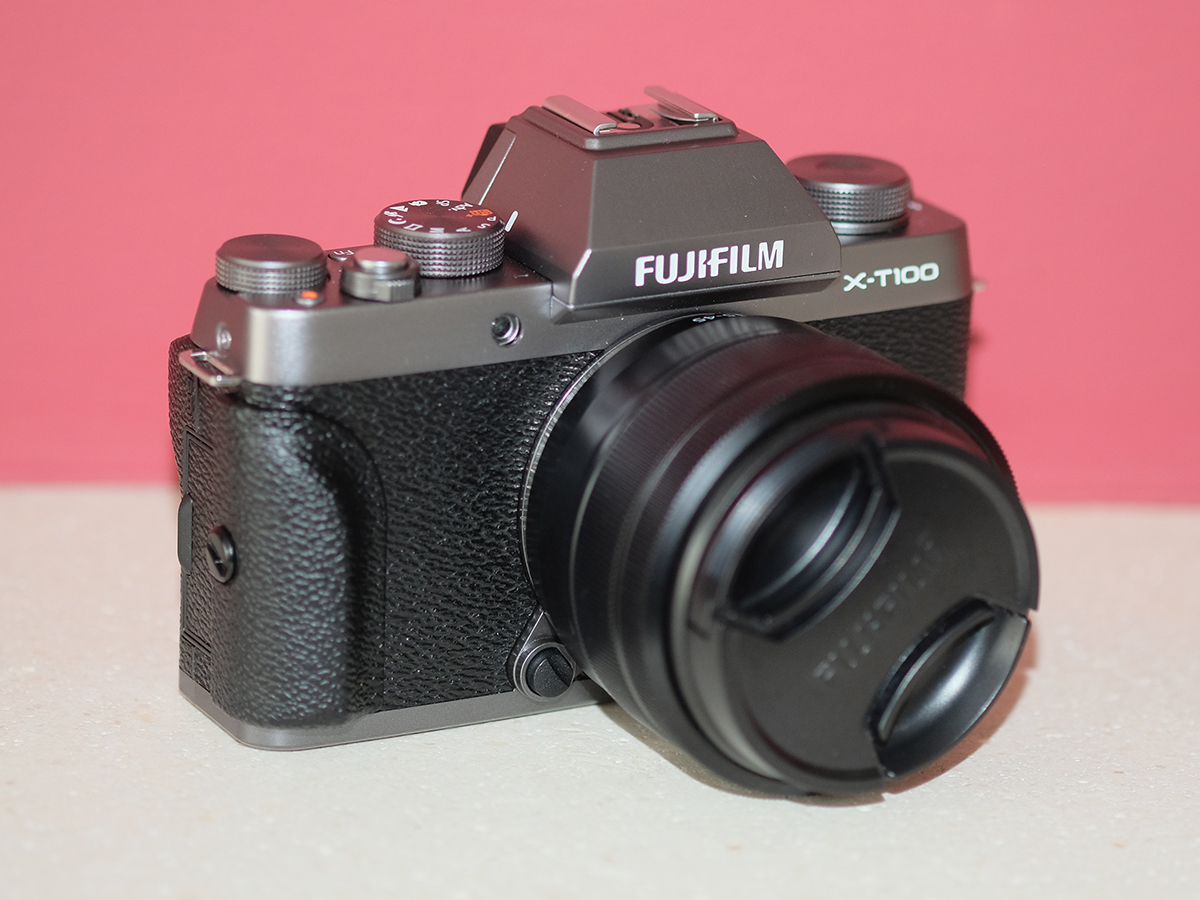
The X-T100 is marketed by Fuji as a next step up from a smartphone camera, and that’s exactly what it is – although it’s one hell of a large step.
Its 24.2MP APS-C CMOS sensor is more than 10 times the size of that inside most phones, and it shows. The photos you get here are excellent – sharp across the frame, packed with detail and bursting with colour. And of course they’re far bigger than what you’d get from a phone, too, meaning you can zoom right in and crop away to your heart’s content.
They compare well to plenty of proper cameras, too. Unlike the more expensive X-Series cameras – X-T2, X-T20, X-H1 – the X-T100 uses a standard bayer sensor, rather than Fujifilm’s own X-Trans format, a decision which has presumably been made to cut costs. But compared side to side, I could barely see the difference.
I shot several scenes on both the X-T100 and X-T2, using the same lens and settings across the board. Pixel peeping later on I noticed a little extra sharpness and slightly more vivid colours to the X-T2’s shots, but it was pretty marginal. And given the cost, it seems a fair compromise. Noise is superbly controlled almost the entire way through the ISO range – you can shoot up to ISO6400 with no fear, and even 12,800 is usable. Make no mistake, you’ll struggle to find a camera that takes better stills for the £600 mark.
There’s more to image quality than just the shots themselves, of course, and here the X-T100’s shortcomings are slightly more evident. The autofocus system apparently “uses a Phase Detection Autofocus system and algorithm originally designed for flagship X Series models”, and that may well be true – but it doesn’t say which X Series models. I suspect it’s not the very latest ones. In practice, it’s merely good rather than outstanding.
It does a decent job of tracking subjects and snaps on quickly in bright light, but in dim conditions it hunts a bit more than an X-T2. Looking back at the many photos I shot with it, a few had entirely missed focus – typically when shooting fast action.
The X-T100’s burst shooting speeds don’t help here, either. It can manage 6fps in RAW mode, and can rattle off around 16 frames before the buffer fills up, but again that’s merely adequate rather than impressive. Then again, let’s not be too harsh. Couple the X-T100 with one of Fuji’s many excellent lenses and it’ll do a grand job.
VIDEO QUALITY: BASIC
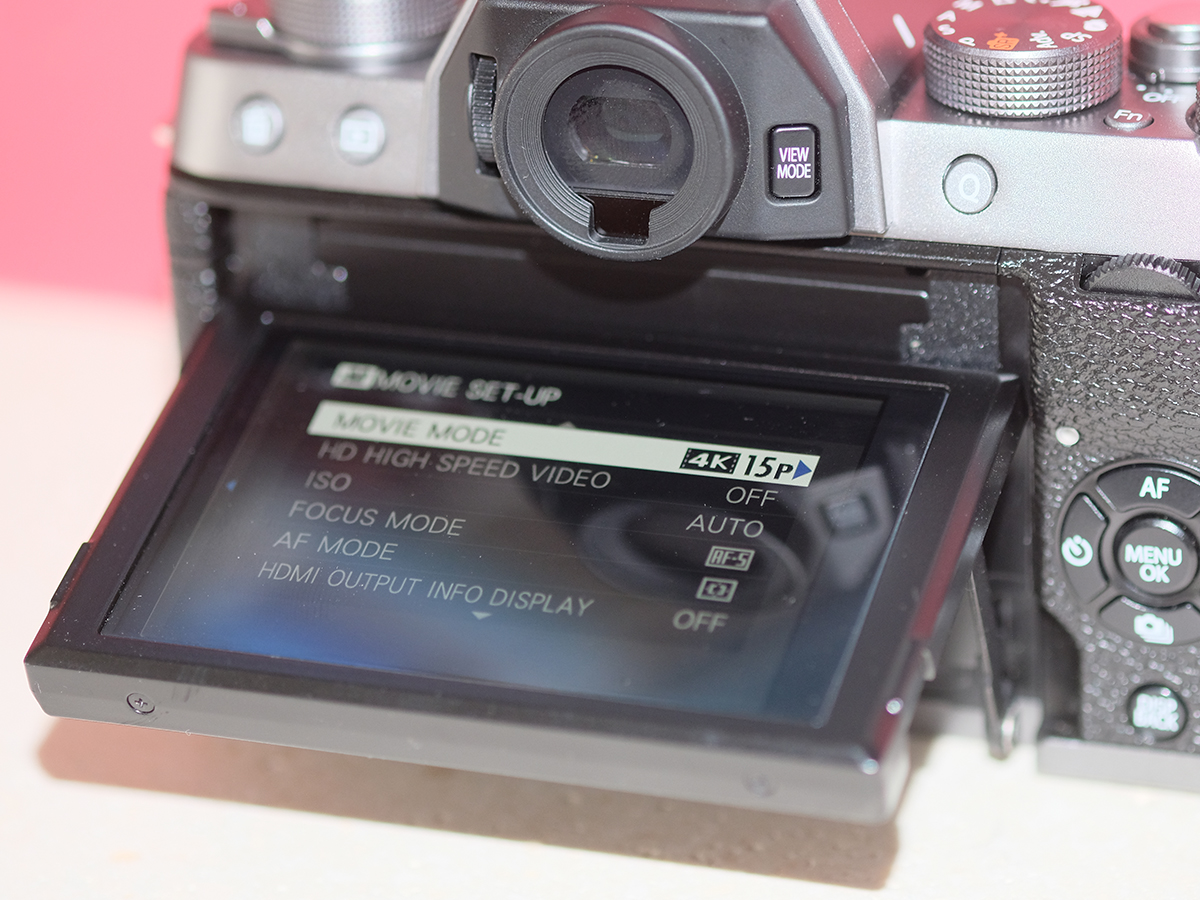
WHAT’S THE LENS LIKE?
The X-T100 comes bundled with the Fujinon XC 15-45mm f/3.5-5.6 kit lens. As a member of the XC clan it’s an all-plastic affair, unlike Fuji’s (far) more expensive metal XF lenses. But don’t dismiss it out of hand. It has built-in image stabilisation and a really useful zoom range, good for everything from landscapes and street photography to portraits. Its retractable design means it’s also fairly small when the camera’s switched off, and it’s incredibly light – you’ll barely know it’s attached. Image quality is really good, considering it’s an entry-level lens, and the OIS really helps in murky conditions. The main downside is that it’s an electronic-only affair, which means it’s both hard to zoom precisely with and a bit noisy. With that in mind you’ll probably want to save up for an XF lens at some stage, but it’ll do nicely until then.
FUJIFILM X-T100 VERDICT
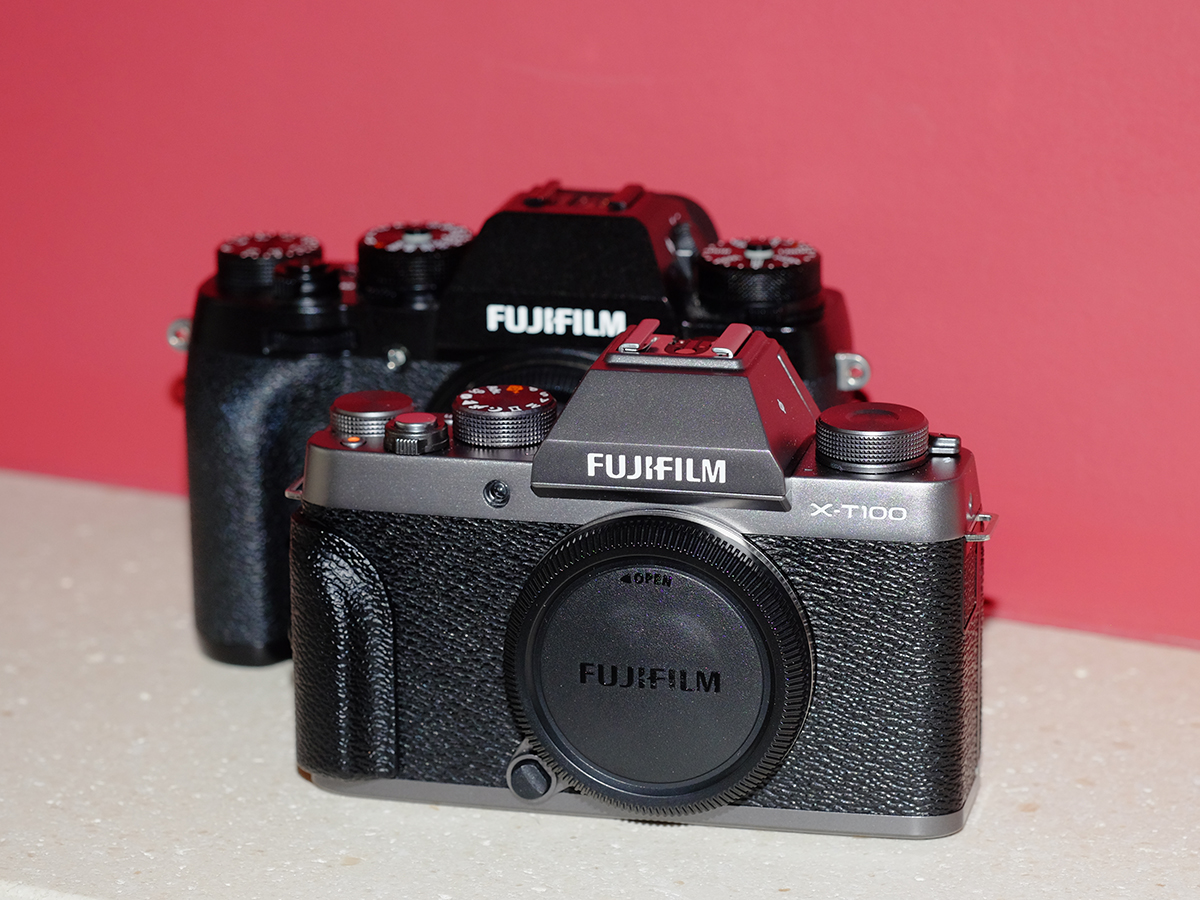
Stuff Says…
Excellent image quality and great looks in one dinky package. It’s the perfect bit of kit to get started with mirrorless cameras and Fujifilm’s range of lenses.
Good Stuff
Takes superb pictures
Lovely build design
Small and light
EVF and touchscreen
Bad Stuff
4K video strangely hampered
Autofocus not up there with the best
No weatherproofing
